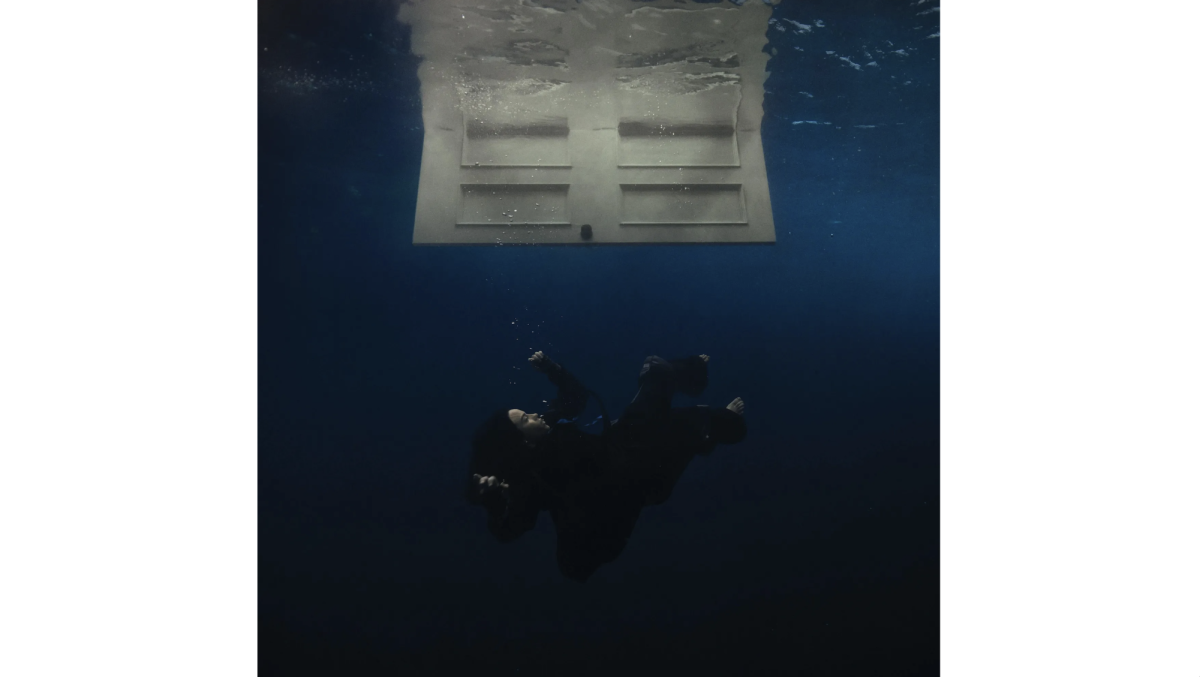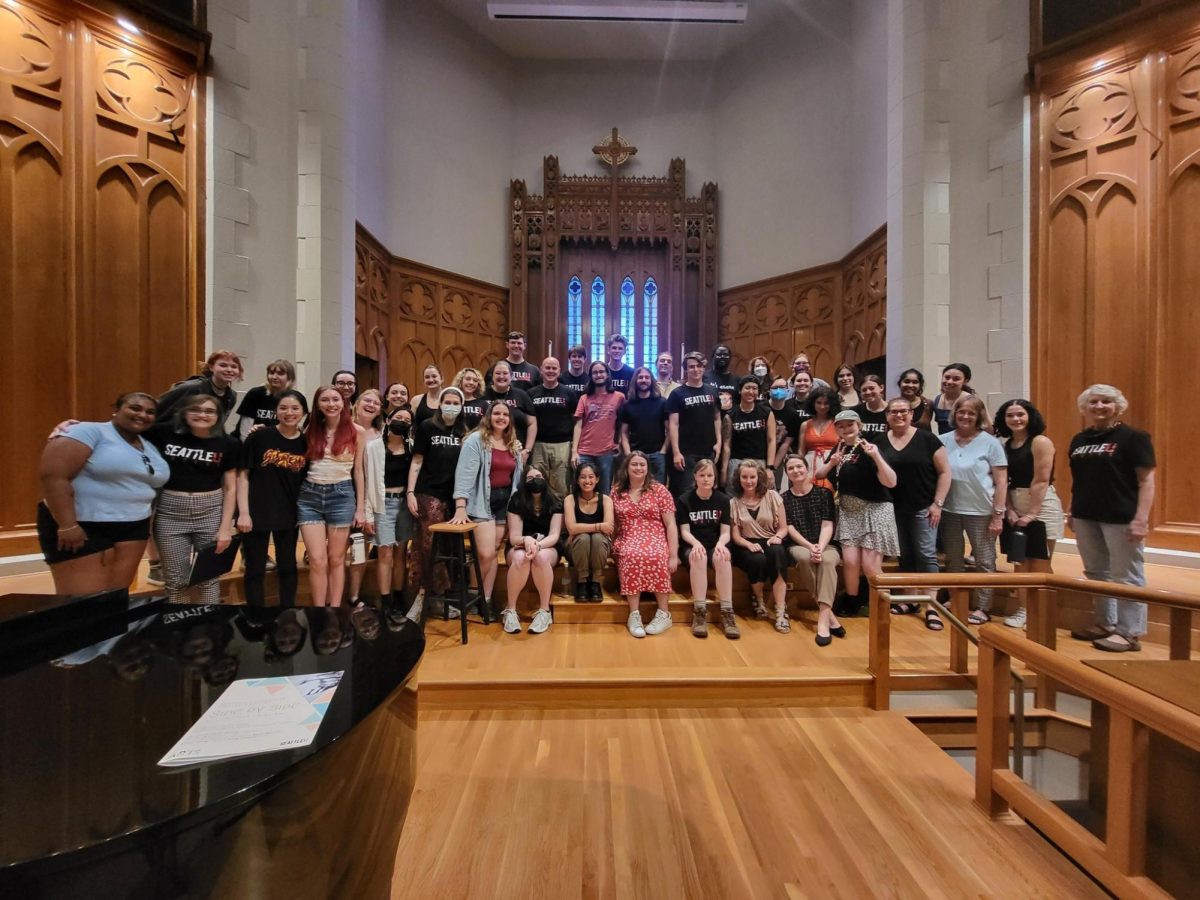Editor’s Note: Contains Spoilers.
Think about all of the things you do that make noise. Imagine how you yawn as you wake up, you step onto creaky floorboards, you pour cereal into a ceramic bowl and you wait for the sound of your tea kettle squealing on the stove.
Now, imagine a world where each of these noises could be deadly. This is the world explored in recent release, John Krasinski’s “A Quiet Place”.
“A Quiet Place” is a horror movie about survival. The entire film is mostly silent as the characters use sign language to communicate with each other.
The movie follows the careful life of the Abbott family. Lee (played by Krasinski), is the father who is the mastermind of his family’s survival. His real-life wife, Emily Blunt, plays Evelyn, a mother who is pregnant preparing for her baby’s arrival into the silent world. They have two kids: Regan and Marcus.
If you’ve seen the monster of “Stranger Things,” the monster of “A Quiet Place” is eerily similar with its rows of teeth and its splitting head. Through zoomed-in close-ups of the monster, the audience is able to see that the monster has no eyes, which is probably why it uses sound as its method to target humans. The monster is larger than humans, is fast and has a high pitched-screeching roar.
The darkness of the monster-filled scene and the dark palette of the Abbott family’s clothes stand out amongst the bright scenery of their home. Colored leaves, soft sunshine, and gorgeous greenery don’t make this world look like a utopia, unless you make a sound.
Despite the movie being about a family’s survival from this horrific-looking monster, the Abbott family has its ‘normal’ moments of affection and relationships. There are moments where you smile at a sweet moment between the parents, or when Evelyn makes her son giggle (quietly, of course).
Surprisingly, the monsters aren’t the only scary part of this movie–it’s when someone makes a sound that terrifies you most. Because this is a world that requires silence to survive, the characters can’t scream when they’re confronted with a monster. The lack of screaming is eerie, and arguably scarier than the traditional screaming archetype featured in other horror movies.
While it’s really quiet, this movie isn’t entirely silent. Background music is strategically used to indicate emotion or the sense of urgency whenever a monster emerged, and at one point the characters do talk.
This is Krasinski’s third movie that he has produced and directed. He certainly doesn’t have the charm that Jim Halpert from “The Office” has, instead Krasinski is a careful and rugged father, ready to do anything for his family to survive. When writing the film, it seems that Krasinski imagined everything. The Abbott family eats meals from leaves with their fingers, walks barefoot on freshly laid sand and scatters leaves on their wooden floor boards to indicate where to step. It seems that everything has been meticulously planned to survive.
Silent movies were the first films ever made. Movies with sound weren’t introduced until the late 1930s. That said, many of the most famous silent movies remembered today are dramas or are slapstick silent comedy films (many which actually were produced during the sound era). Silent horror movies aren’t actually that common because many found that the silence diluted the terror.
Today, silent horror films are usually parodied because the concept of screaming without the sound is something of hilarity. However, Krasinski brings a rationale to this silent movie with the nature of the monster. He brilliantly made sign language, wide-eyes, shuddering and crying as terrifying as a film with more sound.
Sign language has a huge role in this film. Deaf actor Millicent Simmonds, played a critical role in this film as Regan. The sign language used in this film is accurate and has brought the movie a lot of praise for inclusion. When sign-language is used in the film, what’s being said appears in subtitles.
Garnering Oscar buzz already and for good reason, “A Quiet Place” is an amazingly unique horror movie. In a crowded theater where the movie focuses on silence being the mode of survival, it terrifies you to even crunch your popcorn loudly as you watch it.
Rania may be reached at
[email protected]










